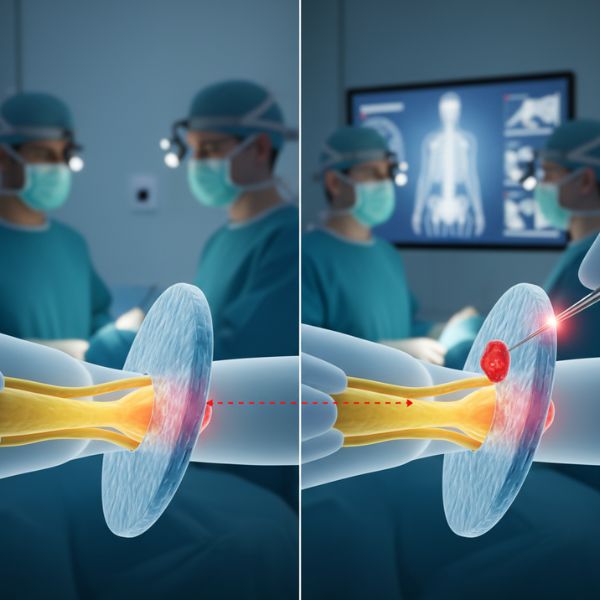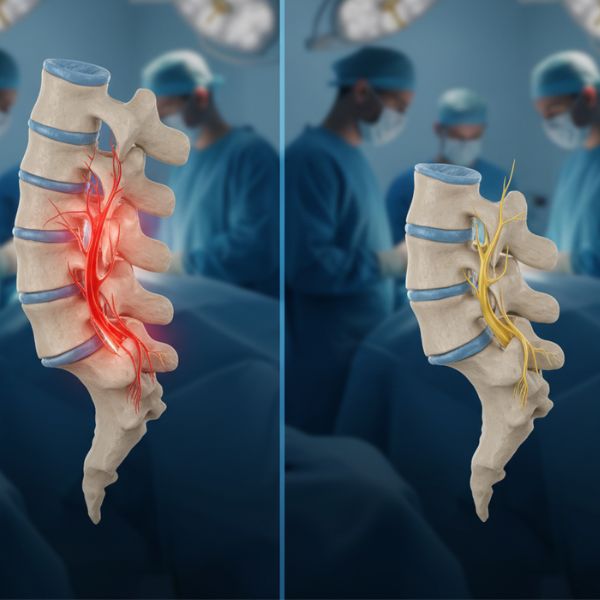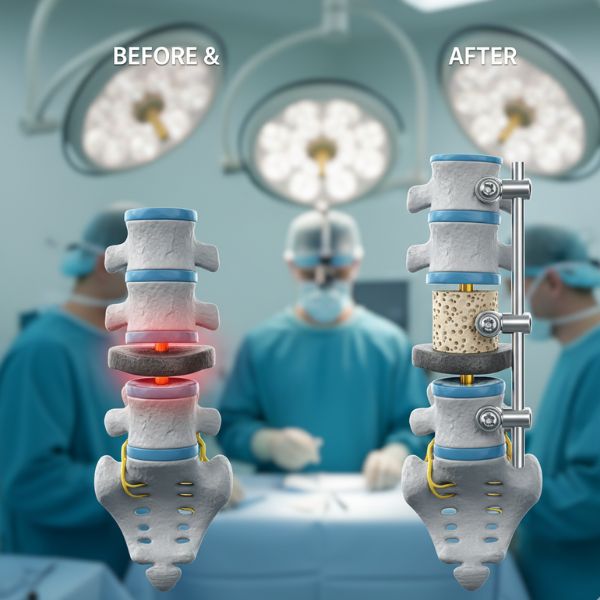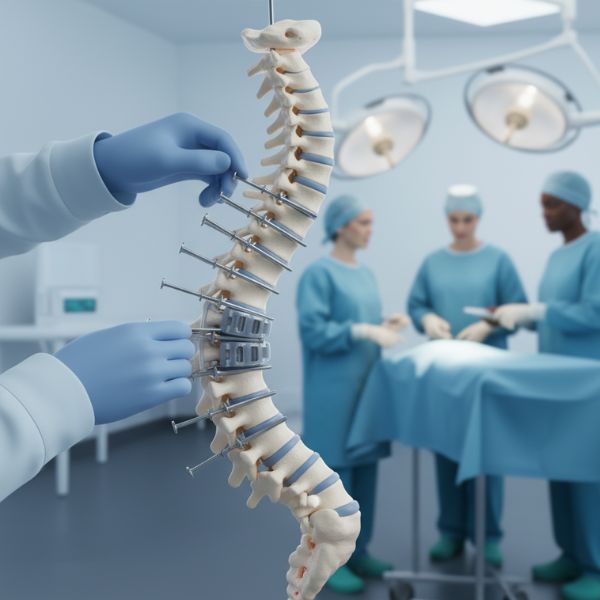The Most Common Back Surgery Procedures
Dealing with persistent back pain can be debilitating, impacting your work, your family time, and every aspect of your life. You’ve likely tried conservative treatments like physical therapy, medication, or injections. But when that chronic pain no longer responds, and your quality of life is on the line, it might be time to discuss surgical intervention with your spine doctor.
The thought of back surgery can be intimidating. At Central Texas Spine Institute in Austin, we understand your concerns. Our entire team, from our dedicated spine specialist staff to our renowned surgeons, is here to guide you with compassion and expertise. Here are some of the most common and effective back surgery procedures we perform to help patients reclaim their lives. Contact us today.

Discectomy (or Microdiscectomy)
This procedure is a very common solution for a herniated or bulging disc (often called a “slipped disc”) that is pressing on a nerve root. This pressure, or impingement, is what causes the radiating pain, numbness, or weakness in your leg known as sciatica. In a discectomy, your spine surgeon skillfully removes the damaged portion of the disc to relieve that pressure. This is often performed as a “microdiscectomy,” a minimally invasive technique that uses a special microscope and small instruments.

Laminectomy (Spinal Decompression)
A laminectomy is typically performed to alleviate spinal stenosis. Stenosis is a narrowing of the spinal canal, which can put pressure on the spinal cord or nerves. Think of it like a kink in a garden hose, slowing or stopping the flow. This pressure can cause pain, cramping, or numbness in your legs, back, or neck. During a laminectomy, the surgeon removes part or all of the lamina (the back part of a vertebra) to create more space, “decompressing” the nerves and relieving the symptoms.

Spinal Fusion (e.g., Lumbar Fusion)
Spinal fusion is a procedure where two or more vertebrae are permanently “welded” together, eliminating motion between them. This is a common and effective treatment for conditions like degenerative disc disease, spondylolisthesis (where one vertebra slips forward on another), spinal instability, or to correct deformities. By fusing the bones, your Austin orthopedic surgeon stabilizes the spine and reduces pain. This is done by placing a bone graft (or a synthetic substitute) in the space, which acts as a bridge.

Artificial Disc Replacement
For certain patients with degenerative disc disease, an alternative to fusion might be artificial disc replacement. This innovative procedure involves removing the damaged, painful disc and replacing it with a specialized medical device. Unlike a fusion, which eliminates movement, this artificial disc is designed to mimic the natural motion of a healthy spinal segment. This “motion-preservation” technology can be an excellent option for the right candidate, though it’s typically not for patients with significant spinal instability or arthritis in the facet joints.

Foraminotomy
This is another type of decompression surgery. A foraminotomy specifically targets the foramen, which is the bony opening on the side of each vertebra where the nerve root exits the spinal canal. Over time, this opening can become narrow due to bone spurs, arthritis, or a bulging disc, pinching the nerve. A foraminotomy involves the spine surgeon carefully removing a small amount of bone or soft tissue to widen that opening.

Complex Spinal Reconstructions
These are more comprehensive and intricate procedures designed to correct major spinal deformities. Spinal reconstructions are the solution for conditions like significant scoliosis (sideways curvature), kyphosis (abnormal forward hunching), or for complex revision surgeries where a previous operation has failed. These procedures often involve multiple fusion levels and advanced instrumentation to restore proper spinal alignment, balance, and stability.
Your Path to Relief Begins Here
Choosing to undergo back surgery is a significant decision, and it’s one you should never make alone. At Central Texas Spine Institute, you are in the hands of some of the best back surgeons in Texas, supported by a team that prioritizes you. Our first step is always a thorough and accurate diagnosis, delivered by a top spine specialist who will listen to your story. Contact us today to schedule a consultation and explore how we can help you find lasting relief.

